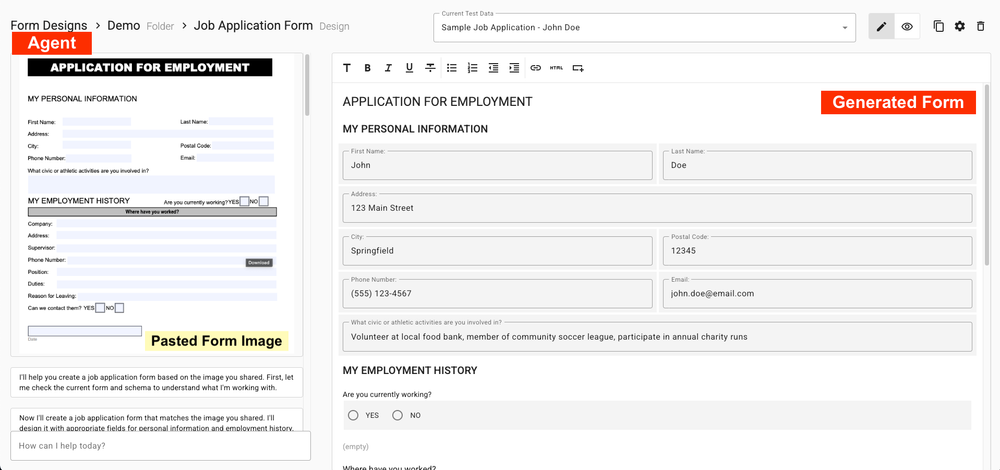With any new technology, timing is everything. Investing heavily in a technology that is not ready for prime time, or when a market is not ready for that technology results in wasted time and money. A venture funded company with millions of dollars to burn might be able to justify such waste as the cost of getting there first. A bootstrapped company like Apex needs to prioritize delivering value to our customers.
We have watched the development of AI GPTs and experimented cautiously, and taken the old school approach that we would not incorporate them into our products and services until they deliver value. We are beginning to see results that show real value, and we are cautiously optimistic that this will be the first in a series of posts highlighting real world applications of AI.
Envisioning Studio with OpenAI Assistant search
Envisioning Studio is a tool we developed (using Apex Designer) to manage our own internal and customer projects. We use it to manage interaction and communication with the client business teams and client development teams that we partner with. It is a one stop shop for all of the information captured in an envisioning project and managed throughout the application lifecycle.
Envisioning Studio contains domain information including roles, concept maps, tools, timelines, motivations and processes. It also contains project information, such as sessions and session notes, questions, design documents, opportunities (our multi-dimensional card Kanban for design and development tasks), and videos (of working sessions and feature demonstrations).
We have built an OpenAI Assistant to search through the information on a Studio site and help users to understanding the content. It can find specific terms and provide explanation and context. It can explain basic concepts and leverages video transcripts to construct the answers. Links to source material are provided, and it can also be used to find specific items with queries like "which opportunity addresses upstream links?".
The search results are far more useful than the simple keyword search we were using previously, and we think this feature will make it easier to onboard new team members to projects, as well as allowing existing team members to find what they are looking for.
Look out for the next post where we will go under the covers to look at how the AI Assistant was implemented.




